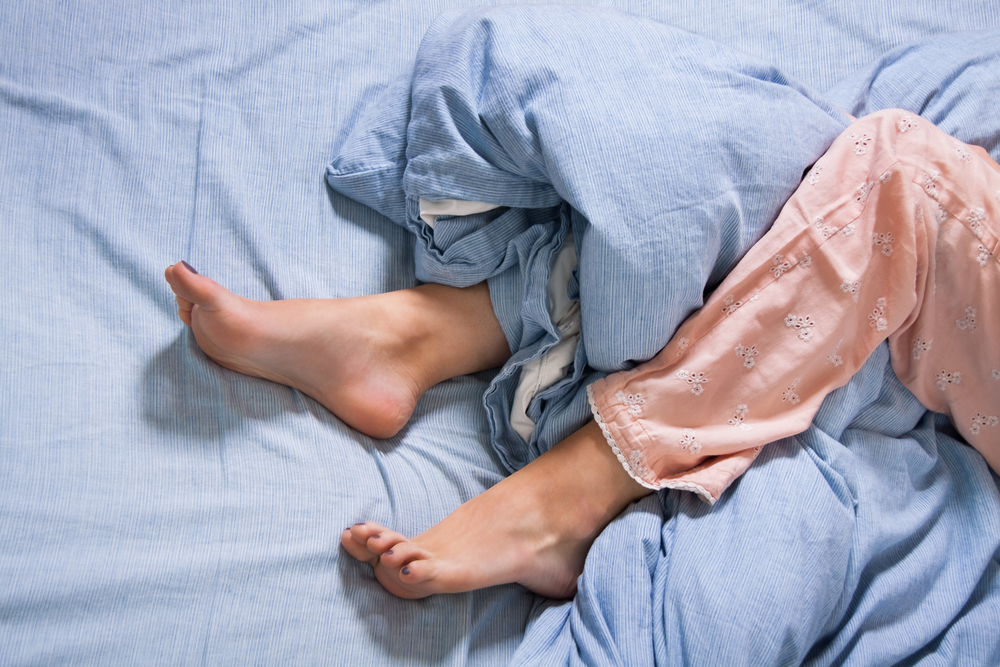Sleep is defined as an active period that covers almost one third of our lives, which is important for renewing our mental and physical health every day. However, some problems affect sleep quality and also affect health and comfort of life. Restless legs syndrome, which occurs 5% of the U.S population and often affects women, If not treated can be experienced not only during the transition to sleep but also during the day. Symptoms of the disease become more severe in the summer months.
Symptoms Begin as You Go to Sleep
Restless legs syndrome (RLS) is a condition that usually occurs during the transition to sleep while at rest, when unexplained restlessness, tingling, burning, stinging and pain sensation occur in the legs. In this case, patients say that their complaints decrease when they get up and walk. The development of symptoms while falling asleep or asleep deteriorates the quality of life.
Discomfort can Last All Day
The feeling of discomfort caused by restless legs syndrome can continue throughout the day in people who spend the day working at a desk or in an inactive manner. In some patients, complaints that decrease during daytime may occur at night. In this case, patients have difficulty falling asleep and sleep disorders occur.
It can Happen on The Bus or even on The Plane
Many people do not care about this problem and do not need to consult a physician. However, if this disease is left untreated, the quality of life of the person is significantly reduced. In advanced cases, people experience these symptoms not only when sleeping, but also when traveling on a bus or on a plane. The discomfort may become chronic after a while and cause depression in the patient.
There may be Many Reasons
It is known that restless legs syndrome is genetically based and that people with a family history of presenting complaint are in the risk group. Apart from genetics, the disease can occur for many reasons. By controlling these causes, significant relief is observed in patients.
The causes of restless leg syndrome can be listed as follows:
- Vitamin b12 deficiency
- Diabetes
-
Kidney Failure
- Magnesium or folic acid deficiency
- Smoking
- Some drugs
- Parkinson’s disease
- Urea creatinine deficiency
- Muscular diseases
- Fibromyalgia
- Circulatory abnormalities
- Stress
- Inaction
- Several surgical operations
Treatment Depends on The Story
Medical treatment is recommended when restless legs syndrome is seen. This is a neurology-related disease, but it does not occur by imaging methods. Diagnosis is made according to the complaints of the patients. Sometimes patients are given sleep tests. In these tests, the person’s sleep time, leg movements during sleep are observed and diagnosed accordingly. If there is another disease that causes the syndrome, the underlying problem is treated first. The treatment is continued until the patient’s symptoms disappear.
Complaints may Increase in Hot Weather
Medical treatment often work. However, there are also patients who have used lifelong medication. This is more common due to loss of liquid electrolytes during pregnancy. Although it is more common in women, people in the 20-30 age range are more affected by this syndrome. Air temperatures can further trigger the symptoms of this syndrome.

